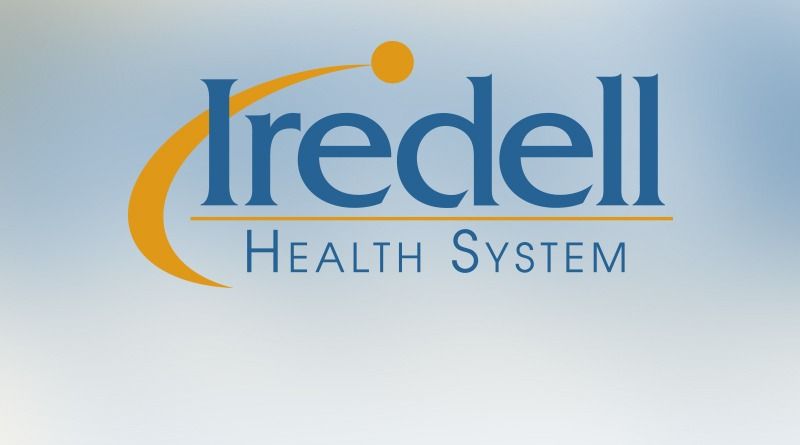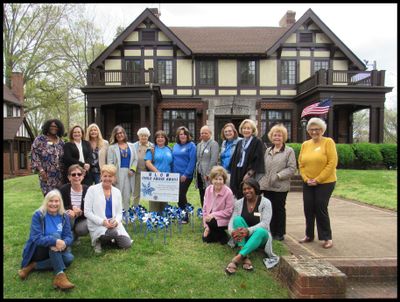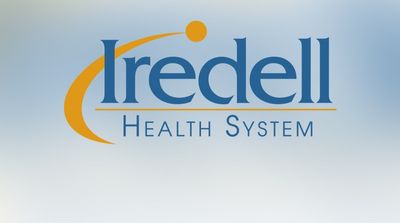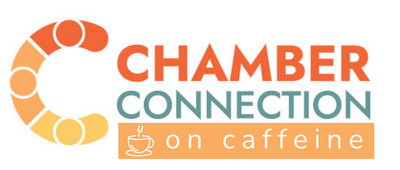Hand, Foot, and Mouth Disease: Questions Answered by a Pediatrician

Iredell County, NC – Your child comes home from school with a low-grade fever and tiny blisters in their mouth and on their hands and feet. True to its name, you suspect your child has hand, foot, and mouth disease, but even the idea of it may make you shudder. Unfortunately, this viral illness is common and easily makes its way through schools, daycare centers, and playrooms.
Hand, foot, and mouth disease (HFMD) can be unpleasant, but the good news is, like most viral illnesses, it usually passes on its own within seven to ten days. While waiting for the illness to run its course, there are some steps you can take to alleviate your child’s discomfort. It’s also important to know when you should seek help from your child’s pediatrician.
Below, Dr. Michael Tjahjadi answers a few questions about HFMD and when it may require more attention.
Q: What is HFMD?
Tjahjadi: Hand, foot, and mouth disease (HFMD) is an illness that is caused by a virus that may cause, as the name implies, a rash that appears specifically on the hands, feet, and around or inside the mouth. It commonly affects younger children, though adults can get it too.
HFMD is relatively common, and as a pediatrician, I will usually see multiple cases per year. However, it is not as common as other viral diseases such as the common cold, the "stomach bug," or the flu.
HFMD tends to come in spurts, usually more easily spread in areas such as daycares or schools. It is spread the same way that other viruses are spread—mucous from the nose, saliva, fluid from any sores that are draining, or from the stool.
Q: What are the symptoms of HFMD?
Tjahjadi: HFMD can vary in its presentation, but it may begin with a fever and sore throat one or two days prior to the rash, which can make it difficult to diagnose at the very beginning.
Afterward, raised, distinct, red bumps of varying sizes may begin to appear around the mouth, palms, and soles of the feet. It is also common for the rash to spread toward the outer parts of the arms, legs, and even toward the buttocks. The rash is usually not around the torso, chest, back, and stomach. The rash is usually not itchy and may be slightly painful or not painful at all.
Over the first week of illness, the rash may begin to spread for a few days, which is normal and to be expected. A few of the lesions may blister and have a very small amount of clear drainage, though most lesions do not.
Symptoms usually last for one week, and by then, the rash should have stopped spreading. After one week, remnants of the rash may remain as the skin heals for another week or so, but the child is typically feeling much better by that time.
Q: How can you tell HFMD from another rash?
Tjahjadi: Rashes can many times be very difficult to identify due to the various ways they present. However, there are some clues that would suggest the rash is not caused by HFMD. Rashes that are usually NOT from HFMD include a widespread distribution over the entire body, significant itching, a rough "sandpaper" like feel, a "splotchy" or fine bumpy rash that doesn't have distinct lesions, or an absence of any blisters on the palms and soles.
Q: How can I help my child with HFMD at home?
Tjahjadi: There is no specific treatment for HFMD, as it will improve on its own just like most viral illnesses.
Sometimes, HFMD can make swallowing painful. Encourage fluids so they do not get dehydrated. Offer soft foods such as pudding or ice cream, and avoid spicy or acidic foods. If the child has some trouble drinking and a poor appetite, you may try options such as popsicles or Pedialyte. If the child is older than six, you may have them try rinsing their mouth with salt water. If desired for general pain relief, you could consider giving acetaminophen (Tylenol) or ibuprofen (Advil, Motrin).
Most of the time, the rash itself does not need any special treatment. If some lesions blister, or if the child picks at certain sores, you could optionally cover it with a band-aid to prevent scratching or spreading to others. No special creams are needed.
Q: When can my child with HFMD go back to school or daycare?
Tjahjadi: Once the fever has resolved for 24 hours, the rash has stopped spreading, and the child is feeling better (usually around one week into the illness or less) the child may return to school or daycare. The rash does not fully need to disappear before returning, as the skin will continue to heal in time. Also, not all children will experience a fever or a bad sore throat with HFMD.
Q: When should I call the pediatrician?
Tjahjadi: Though most children will recover from HFMD without major problems, the number one complication is dehydration due to poor drinking from mouth pain or sore throat. Seek care if you notice a significant decline from your child's usual hydration and urine output.
In general, you should also seek care if your child:
Has a fever (defined as 100.4 degrees Fahrenheit or greater) lasting five days or more
Is not feeling better toward the end of the week
Acts very lethargic throughout the entire day and doesn't have moments of appearing well
Is constantly drooling excessively, more than normal
Has a rash that doesn't fit the typical pattern of HFMD
Has signs of possible skin infection which includes spreading redness, pain, yellow/green
discharge, or a bad odor from the sores
Even if your child doesn't have any of these concerns, you are always welcome to call your pediatrician if you want reassurance that you have the right diagnosis and that your child is doing OK.
Q: How can I prevent the spread of HFMD?
Tjahjadi: One of the best ways to prevent the spread of HFMD is hand hygiene—washing your hands with soap and water, continuing even after the child is feeling better. The most contagious period is right before the child feels ill and during the first week of illness. Depending on the age of the child, they should be instructed in how and when to wash their hands. Disinfect things your child may touch such as toys, tabletops, and door handles.Learn more
Tjahjadi practices at Iredell Pediatrics, located at 728 Hartness Road in Statesville. Tjahjadi is accepting new patients and treats kids from birth to age 18. To schedule an appointment with Dr. Michael Tjahjadi, please call 704-380-6420.

















(1).png)

.png)